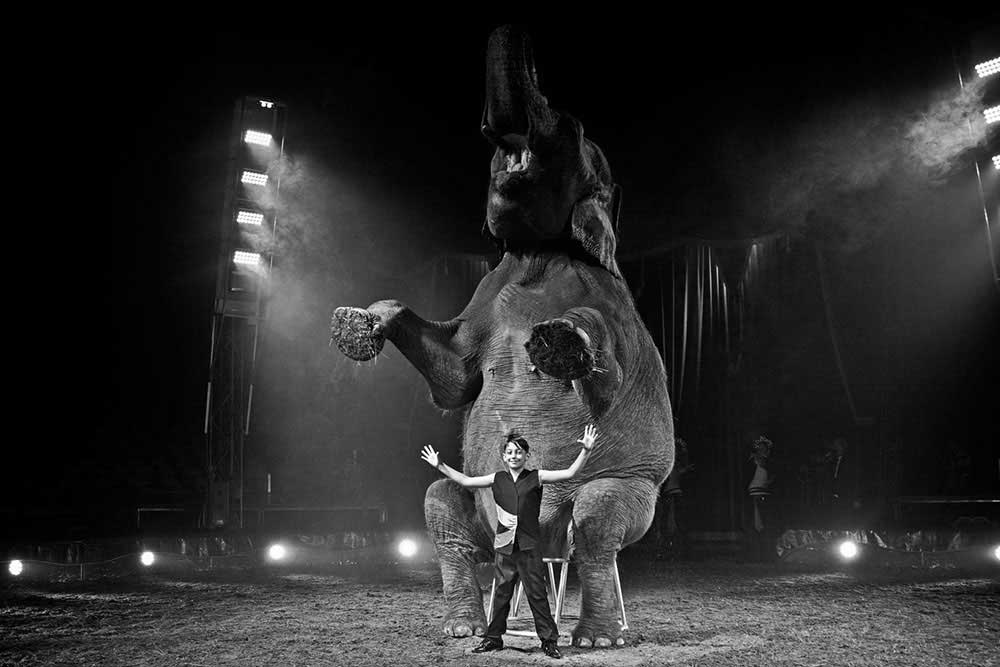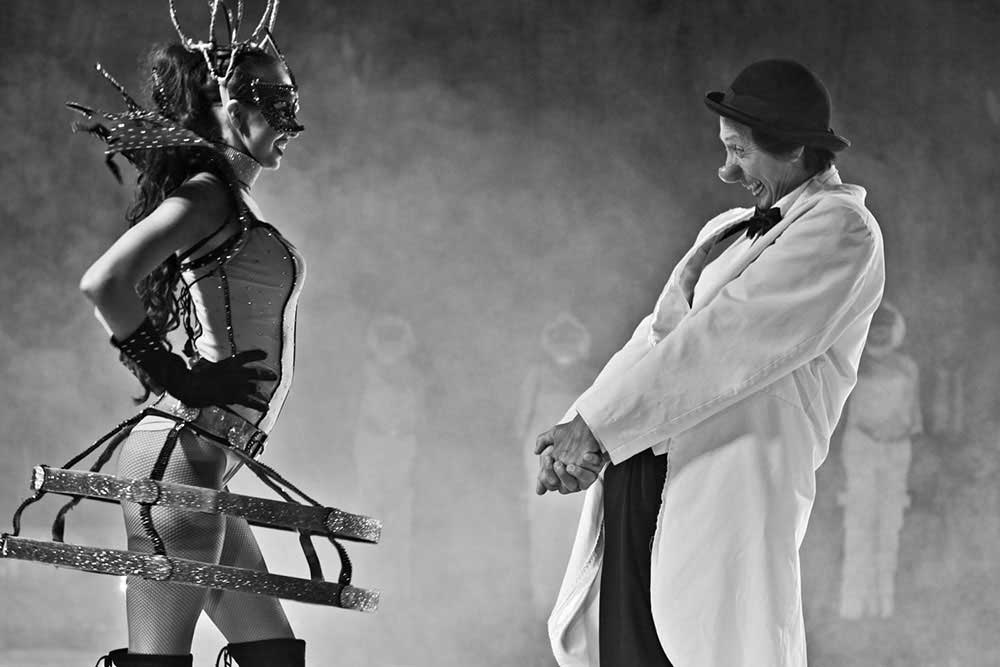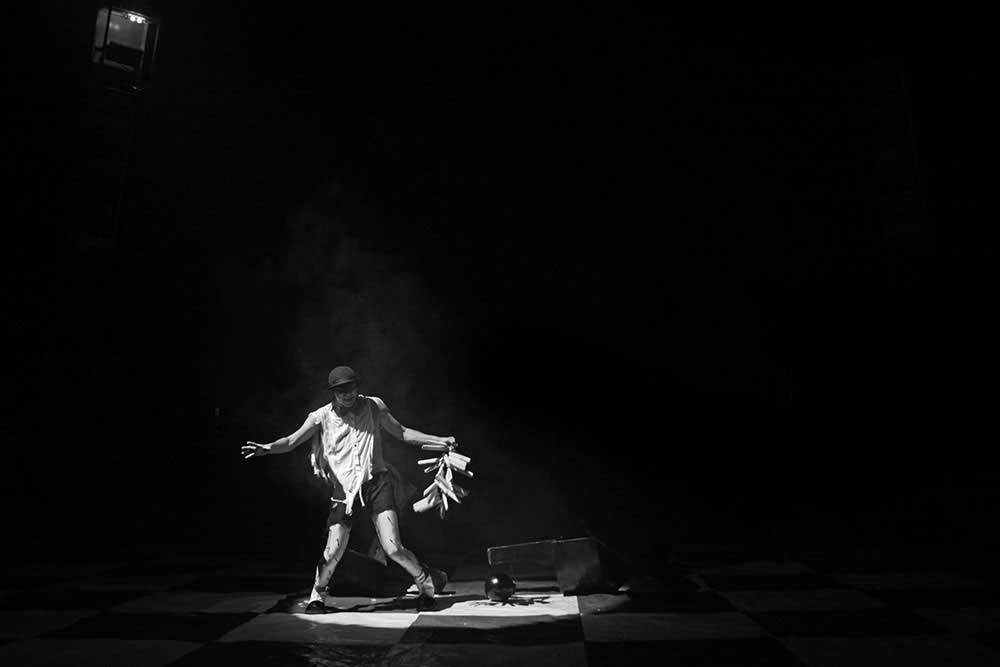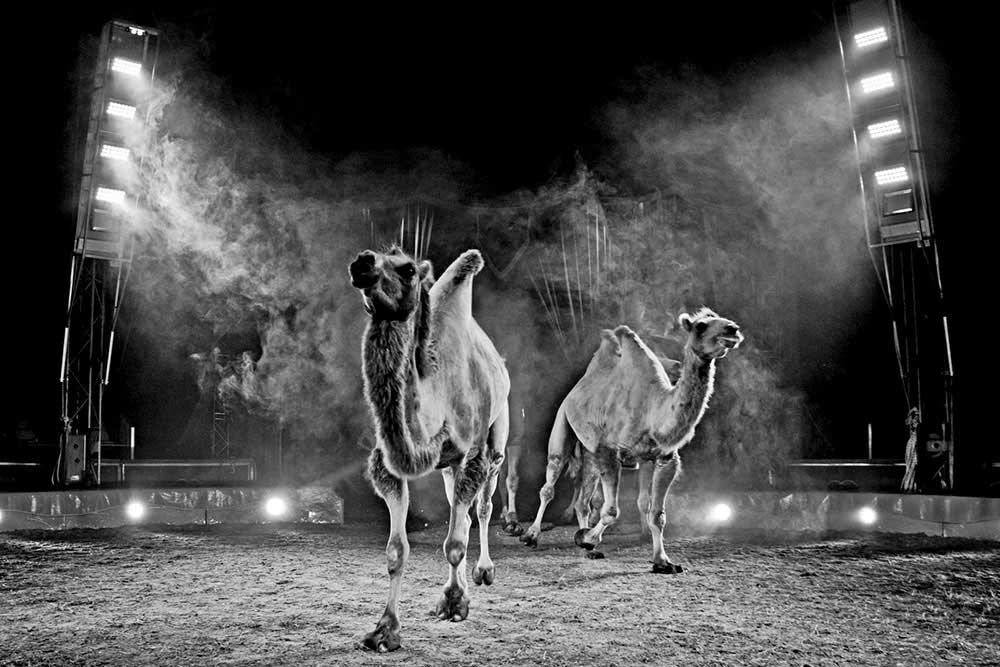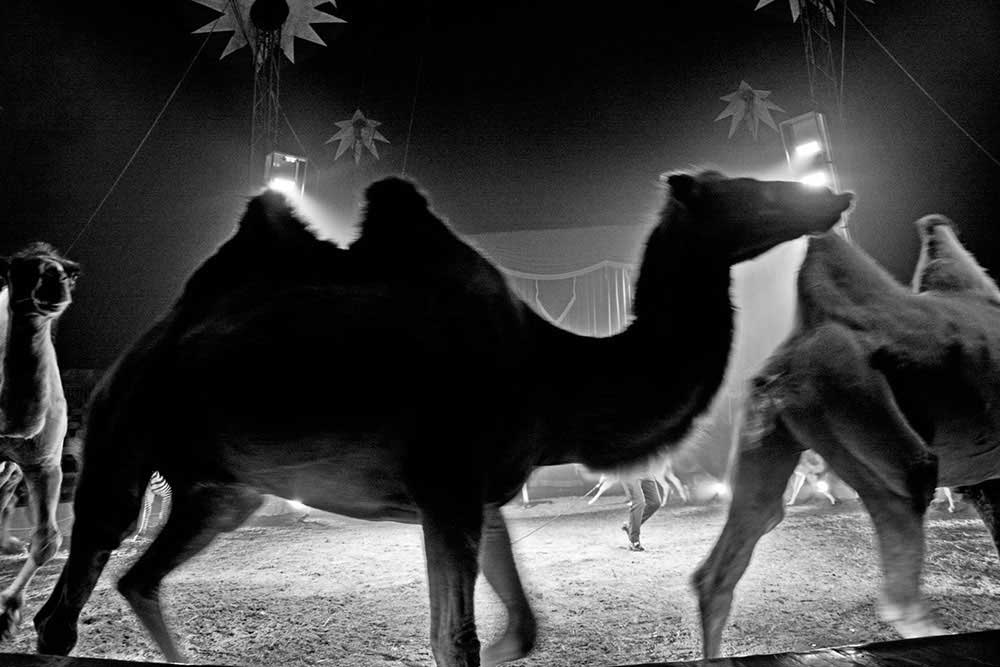This photographic project documents the harsh reality of a few circuses that are still active .. In the era of technology; internet, virtual reality and social networks, most traditional circuses with wild animals are closing rapidly because of more restrictive laws and also as a result of public disinterest in this type of art.
In the age of technology to look at a lion, an elephant, a tiger or other wild animals it is no longer necessary to go to the circuses. Through a computer, it is possible to look at each of them with augmented reality without risking the integrity of people or animals. This is another reason for crisis of this kind of spectacles.

Another cause of the circus tradition crisis is the merit of the work of animal rights activists who raise public awareness about their suffering forced to work is this kind of shows. In fact, it is one of the main reasons for the lack of asisensia to this type of spectacles. Also in recent years many laws were born that prohibit the trade of animals at risk of extinction.
This circus you see in the photos is one of the few that remain that use an elephant for their shows due to the prohibition laws of buying and selling these years. The psychic integrity of the animal is also important. Many end up with mental problems and can put the lives of the public they are at risk.
In fact, many of the wild animals that work in circuses end up going crazy or die of depression due to their loneliness and of course, the lack of freedom. It was very difficult for me to carry out this photographic project. Most circuses do not allow documenting their work or their animals, they exercise strict control over the photographs that are taken and that can be published. In fact, to carry out this project I had to follow a great circus during his tour in Italy for about 6 months. I had several problems such as obtaining a license to photograph these shows.




